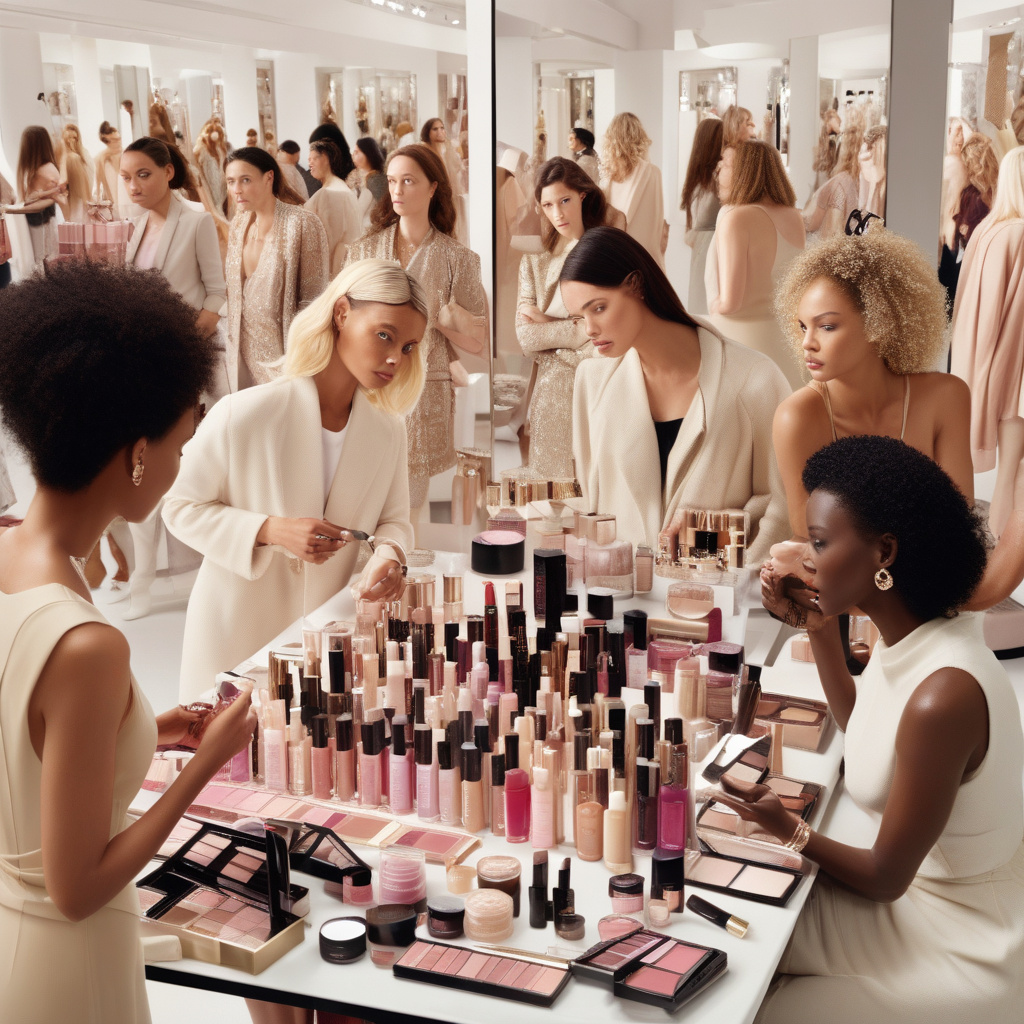Do Beauty Brands Need Sample Sales?
In the competitive landscape of retail, beauty brands are increasingly looking to innovative strategies to manage inventory and boost sales. One such method gaining popularity is the sample sale, borrowed from the fashion industry’s playbook. While these limited-time shopping events offer brands an opportunity to clear excess inventory, they also present unique challenges that must be carefully navigated.
Sample sales have long been a staple in the fashion sector, allowing brands to sell off last season’s merchandise at discounted prices. This strategy not only helps brands recover some of their costs but also attracts a diverse customer base eager for deals. Now, beauty brands are adopting this model, attempting to replicate its success in a marketplace where consumers are constantly bombarded with new products and trends.
The beauty industry is notorious for its rapid turnover of products. With consumers frequently seeking out the latest in cosmetics, skincare, and haircare, brands often find themselves with surplus inventory of products that may not have performed as expected. Sample sales provide a practical solution to this issue by offering these products at reduced prices, enticing customers who may otherwise overlook them.
However, the implementation of sample sales in the beauty sector is not without its challenges. Unlike clothing, where size and fit are the primary concerns, beauty products often involve personal preferences and sensitivities. Consumers need to be confident in the products they purchase, which can complicate the sample sale model. For example, someone may be hesitant to buy a skincare item without knowing how it will react with their skin type or whether the fragrance will suit their preferences.
To mitigate these concerns, beauty brands must consider how they present their sample sales. Providing testers or samples at these events can encourage customers to try products before committing to a purchase, reducing the perceived risk associated with buying beauty products on sale. Additionally, offering a broad range of products ensures that there is something for everyone, catering to different skin types, tones, and preferences.
Moreover, the marketing approach for sample sales in the beauty industry requires a tailored strategy. Social media platforms play a critical role in reaching potential customers. Brands can create buzz around their sample sales by leveraging influencers or beauty bloggers who can showcase products and share their experiences. This strategy not only drives awareness but also builds trust, as consumers are more likely to engage with products that have been endorsed by figures they admire.
Another significant aspect to consider is the timing of these sample sales. Unlike fashion, where end-of-season sales are predictable, beauty brands must strategically plan their events around product launches and seasonal trends. For instance, hosting a sample sale shortly after a new product launch may adversely affect the perceived value of the new item. Therefore, careful planning is essential to ensure that sample sales do not cannibalize the brand’s full-price sales or damage its overall image.
Furthermore, the environmental impact of sample sales should not be overlooked. The beauty industry is increasingly under scrutiny for its contribution to waste, particularly with single-use packaging and products that may not be consumed. Brands need to consider sustainable practices during their sample sales, such as offering refillable packaging or partnering with organizations that promote recycling. This not only helps mitigate waste but also aligns with the values of a growing segment of eco-conscious consumers.
The success of sample sales in the beauty industry ultimately hinges on a brand’s ability to balance the benefits of clearing inventory with the challenges of maintaining brand integrity and consumer trust. By carefully considering product presentation, marketing strategies, timing, and sustainability practices, beauty brands can harness the potential of sample sales to their advantage.
In conclusion, while sample sales can offer beauty brands a viable solution for managing excess inventory, they require a thoughtful and strategic approach. As the beauty landscape continues to evolve, brands that effectively navigate these challenges while appealing to consumer preferences stand to benefit significantly from this retail strategy.
beautybrands, samplesales, retailstrategy, cosmeticsindustry, sustainablebeauty
